There are a lot of states in America that have their own story rooted in Black History. You have Los Angeles, California’s “Biddy” Mason Monument that honors one of the first landowners during the 1850’s who was a formerly enslaved person. You also have Florida’s Daytona Beach which is home to the famous Howard Thurman who heavily influenced Martin Luther King Jr and provided the foundation right in that home. What is the story behind Arkansas?
During the time of slavery Black Arkansans helped to shape the pioneer culture. Luckily, many escaped slavery and became craftsmen creating furniture, iron skillets, plows and locks. African Americans created unity and a culture of families and made the first opportunity to build a Black community. They decided to push education and politics. From 1869 to 1893, more than 45 Black men won seats in the state legislature.
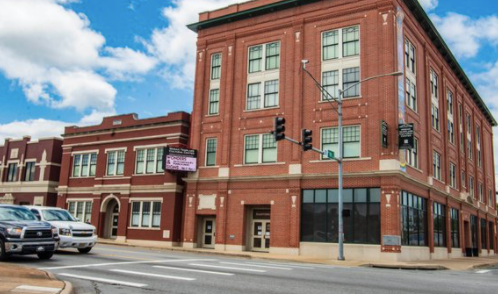
The Mosaic Templars of America was founded in Little Rock in 1882 as a fraternal organization by John E. Bush and Chester W. Keatts. The Mosaic Templars Cultural Center is dedicated to collecting and upholding our history while celebrating Arkansas’s African American culture and community from 1870 to present day. It also informs and educates the public about Black achievement in business, politics and the art.
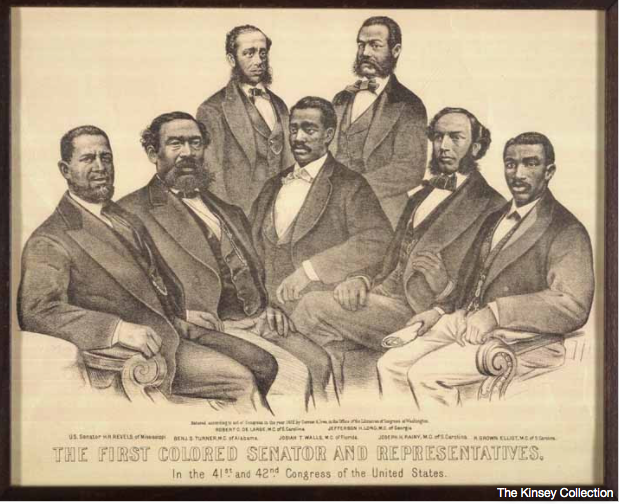
In 1902, John E. Bush organized the Colored Men’s Business League and the year after that, Black-owned banks were opened in Pine Bluff and Little Rock. The Black communities around Arkansas began to flourish with newspapers, beauty shops, jewelry stores, hotels and restaurants.
Floyd Brown founded the Fargo Agricultural School. John Brown Watson and Dr. Lawrence Davis, Sr., Presidents at Arkansas Agricultural Mechanical and Normal College in Pine Bluff (now the University of Arkansas at Pine Bluff), made sure they helped devoted Black students in rural communities. When the blues arrived in the Delta, Helena and West Memphis nightclubs they featured artists like Willie “Sonny Boy” Williamson, Robert Johnson, Muddy Waters and B.B. King.
This is the site that hosted a lot of bloody Civil War Battle sites! Three Civil War battles took place in South Central Arkansas in the Spring of 1864 and were part of the Union Army’s Red River Campaign. Poison Springs, Marks’ Mills, and Jenkins Ferry (and the 1836 Courthouse at Historic Washington State Park) served as Arkansas’s Confederate capital. There was an attack at The Poison Spring Battlefield on April 18th by confederates, which left over 300 union soldiers and 80 Federals dead. This has a significant history with African Americans because Black Union troops suffered the most in deaths. Jenkins Ferry Battlefield is where the Kansas Colored Regiments of the Civil War fought a battle against the Confederacy. It was named after Thomas Jenkins who made a ferry on the Saline River in 1815.
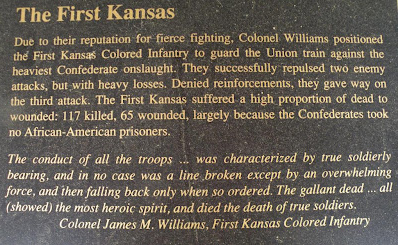
Act 10 of 1961 by the Arkansas General Assembly created Jenkins’ Ferry Battleground State Park. These parks commemorate the Camden Expedition and are now a historic landmark. It is now operated as a tourist location with recreational options on the Saline River like boating or swimming and several picnic sites.
Lynching of John Carter
This was probably one of the worst experiences of racial violence in the twentieth century. John Carter was only thirty eight years old and African American. He was accused of assaulting two white women and an angry white mob hunted him down. They tragically mutilated his body and dragged him downtown through the streets. The mob not only showed that they were heartless, but they also terrorized the Bethel AME Church(one of the cities largest and oldest black churches).
They only stopped because the Governor at the time, John E Martineau, sent in the National Guard. The Mayor, Chief and police where nowhere to be found. This was during the Jim Crow period where almost 300 Black people in Arkansas were murdered by lynchings which was the second highest per capital number of lynchings in any state; besides Mississippi! Currently there are two dozen organizations that are working to place monuments on all the known sites that took a part in lynching. Carter is believed to be the final documented victim of racial terror lynching in Pulaski County, Arkansas.
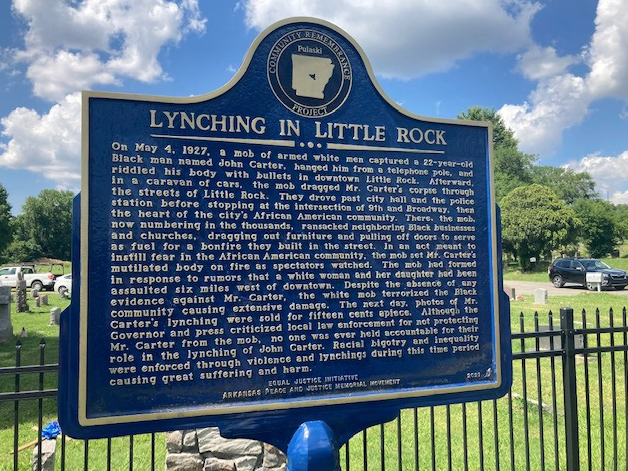
,Dr. Samuel Kountz: Pioneer in organ transplantation
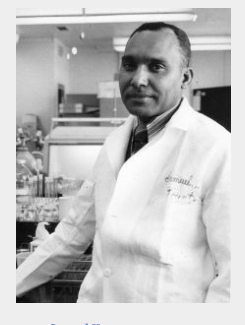
Thanks to Dr. Samuel Kountz, the medical profession will be forever grateful! He performed the first kidney transplant between a recipient and a donor who were not identical twins. Dr. Kountz performed more than 500 kidney transplants. In 1965, he successfully completed the first renal transplant in Egypt as a visiting Fulbright professor in the United Arab Republic. During his time as Director at the University of California at San Francisco, he discovered that high doses of steroid hormone could reverse acute rejection of transplanted kidneys. This discovery provided direct drug regimens that make organ transplants using donations from unrelated donors routine today.
Little Rock Central High School : Historic Landmark
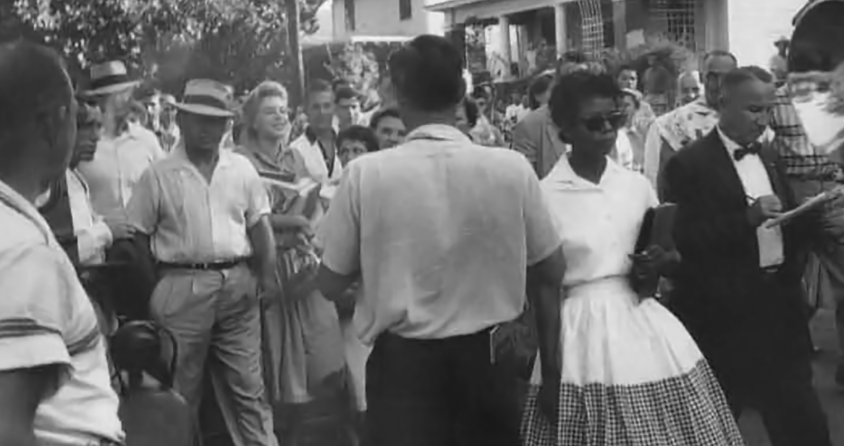
This historic school became popular for its independent struggle over school desegregation. In 1954, Brown v. Board of Education marked the end of segregated schools. Central High was the first to implement desegregation. On the historic day when 9 Black students attempted to enter their new high school, white mobs surrounded the grounds making it impossible for them.
Eventually, President Dwight D.Eisenhower sent in federal troops to desegregate the school. The people of Little Rock made it so hard for Black kids to go to there that only one senior became the first Black student to graduate from Central High School in May 1958! That’s only sixty six years ago!
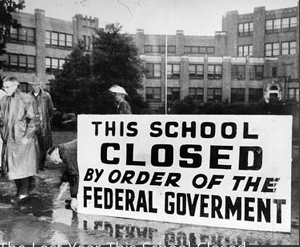
The school and surrounding properties were listed on the National Register of Historic Places in 1977, and then designated a National Historic Landmark in 1982. Central High is still an open high school and BVH Architecture was commissioned to prepare a Historic Structure Report and Cultural Landscape Report.
Milton P. Crenchaw: Arkansas Airman
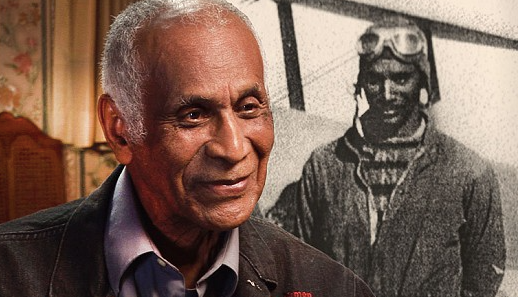
Milton Pitts Crenchaw, was one of the original Tuskegee Airmen and one of the first African-Americans in the country and the first from Arkansas to be trained by the federal government as a civilian licensed pilot at a time when Jim Crow laws were still in effect. He was the motivator for the first flight program at Philander Smith College in Little Rock and it was successful! He served in the United States Army for 40 years and then the United States Air Force and eventually inducted into the Arkansas Aviation Hall of Fame in 1998. Crenchaw was also inducted into the Arkansas Black Hall of Fame.
Daisy Bates House Museum
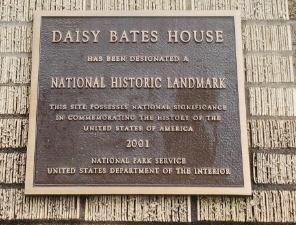
Back in the 1950’s during the Civil Rights movement, a woman named Daisy Bates helped Black students during the time of integration.
This historic house was her home. Bates was a Civil Rights activist, co-owner and publisher for the Arkansas State Press Paper. When Central High School was integrating the “Little Rock Nine” (the nine first Black students to integrate white schools), they faced a lot of back lash from whites. Her home served as a refuge. Students could get counseling and study there. Every morning before school, the nine kids would eat breakfast and plan for the day and then they would go to school in guarded military vehicles.
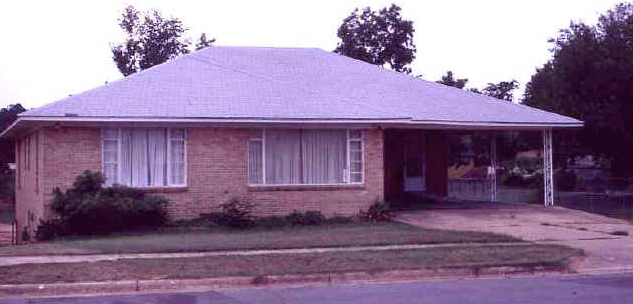
Bates was the president of the Arkansas State Conference of the National Association for Advancement of Colored people (NAACP). She went through hell protecting those kids and even had several missiles fired at her home as well as burning crosses thrown onto her front yard by white terrorists.


